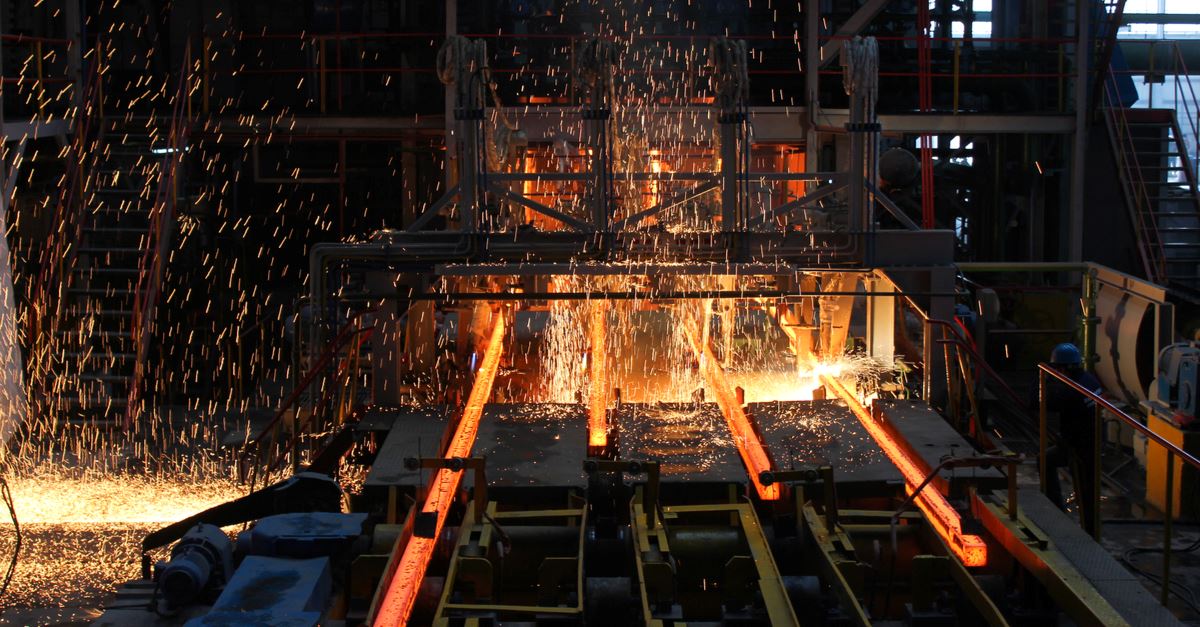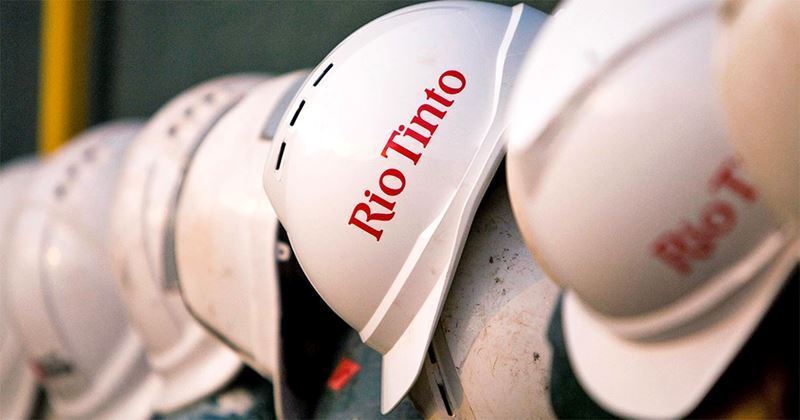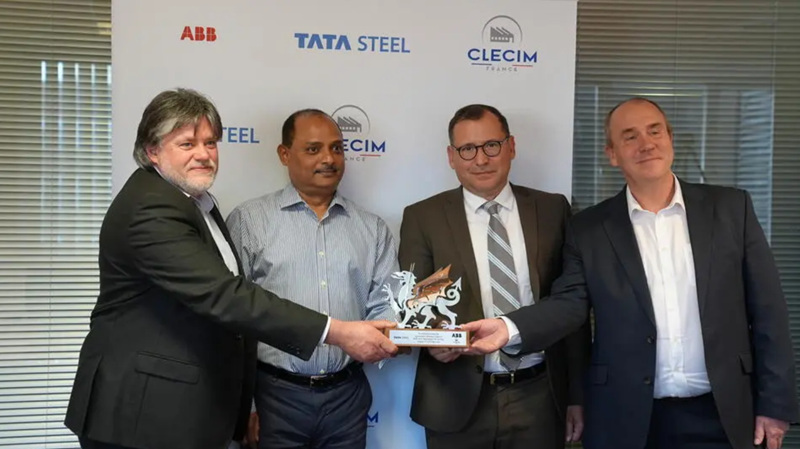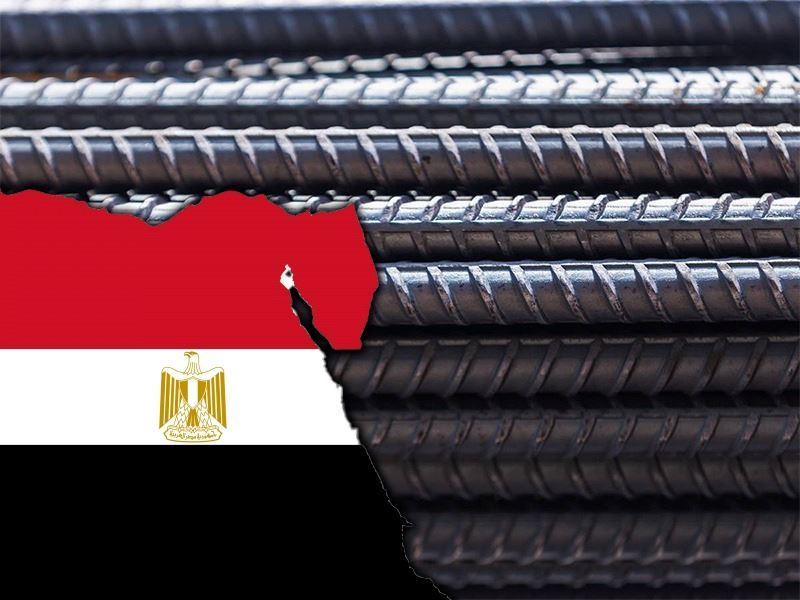Steel production in Iran has encountered a series of fluctuations this summer. The first four months of the Persian calendar year showed promising signs as electricity supply to steelmakers improved compared to the previous year, resulting in a 9% growth in production when compared to the same period in 2022. However, August brought about a more challenging situation, casting a shadow over the industry's performance.
Statistical data reveals a concerning trend. In August of the previous year, the stock market boasted nearly one million tons of steel products, yet this August, only 850,000 tons found buyers. This dip in demand suggests a downward trajectory in Iranian steel production, with energy supply issues being identified as a significant contributing factor.
Experts in the steel industry point out that government and policy makers prioritize energy conservation within industries. While this approach is environmentally responsible, it places considerable pressure on producers. This has, in turn, affected the liquidity of steelmakers. As September 2023 came to a close, the Iranian steel market faced the dual challenges of low demand and a widespread price hike across most steel sections. The lack of liquidity remained a issue in the market, adding to its woes.
In a somewhat positive development, billet producers began to ramp up their production capacity in the third week of September, predictions of a potential decrease in steel prices.











Comments
No comment yet.